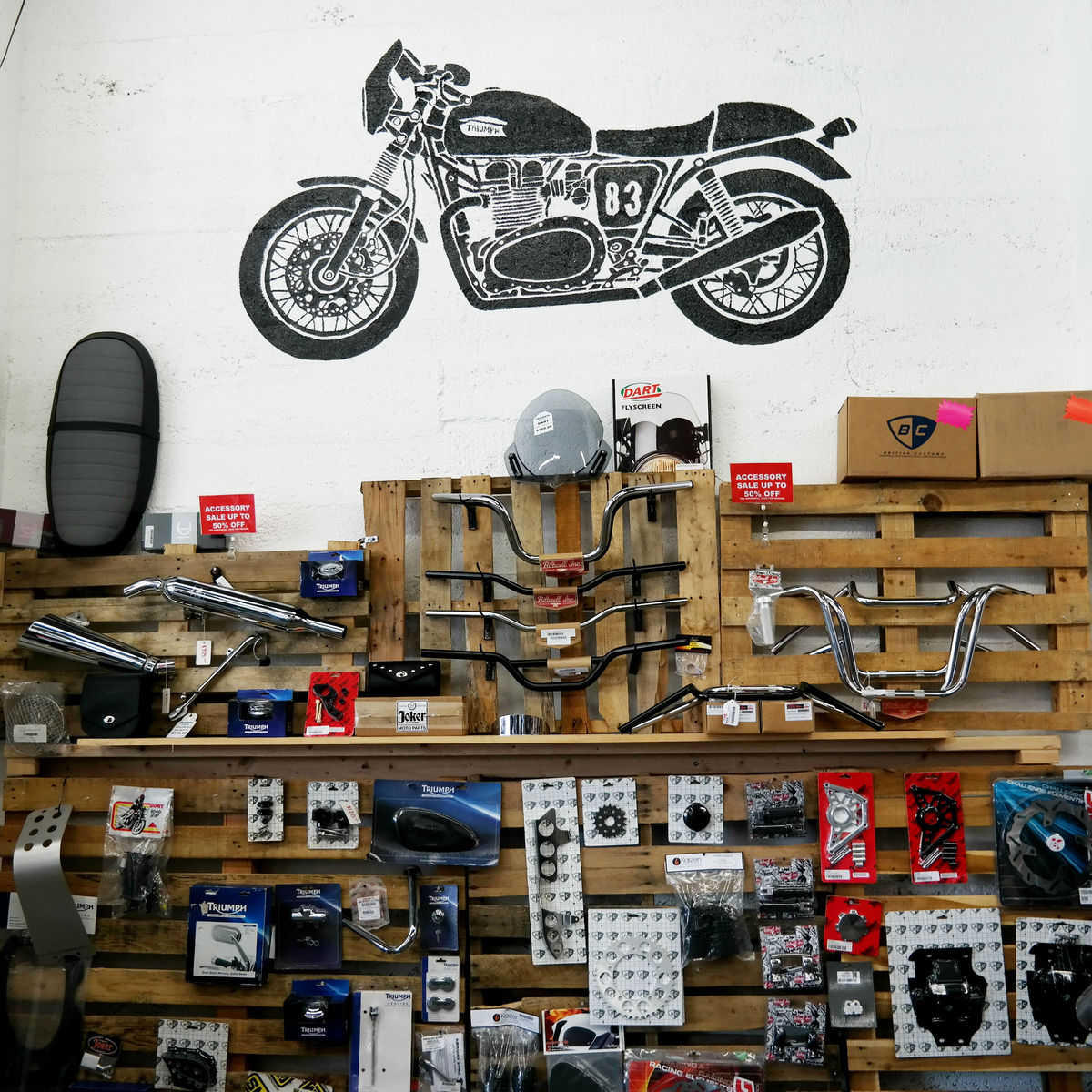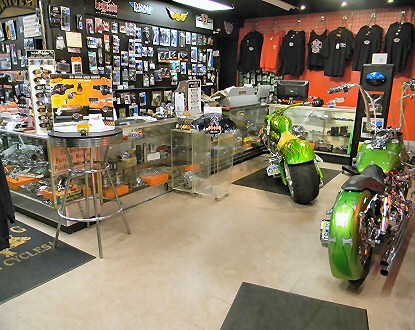Discover Top Quality Moto Parts NZ for All Your Motorcycle Demands
Discover Top Quality Moto Parts NZ for All Your Motorcycle Demands
Blog Article
Understanding Motorbike Gears: Exactly How to Optimize Your Riding Experience
In the world of motorcycling, grasping the art of gear adjustment is critical for boosting your riding performance. Appropriately understanding and using motorcycle equipments can considerably influence acceleration, control, and fuel performance, transforming an ordinary ride into a seamless, exhilarating trip. By integrating specific change timing and adjusting gear option to various roadway problems, cyclists can guarantee ideal engine performance and safety. The nuances of clutch control, throttle control, and gear mechanics beckon a much deeper expedition, assuring to unlock the complete capacity of your maker. Exactly how can these techniques be taken advantage of to really enhance your riding experience?
Comprehending Gear Mechanics
Just how do the complexities of gear technicians influence motorbike performance? At the core of bike characteristics, gear mechanics play a crucial duty in converting engine power into movement, eventually dictating rate and control. Gears, meticulously crafted components, enable cyclists to maximize torque and rate, guaranteeing a smooth change via different terrains and rates. The equipment proportions, thoroughly created, determine the partnership in between engine transformations and wheel turns, influencing acceleration and fuel performance.
Comprehending equipment auto mechanics begins with recognizing the relevance of the transmission, which houses multiple equipments of differing sizes. These gears connect with a procedure called meshing, where teeth of different gears involve to transmit power. The precision of this communication is vital; any misalignment or damage can result in ineffective power transfer, preventing efficiency. Furthermore, the setup and dimension of equipments influence the bike's capability to take care of different lots and rates.
In addition, the concept of equipment shifting is integral to taking full advantage of efficiency. Timely and smooth shifts ensure that the engine runs within its optimum power band, preventing unneeded strain and improving durability (motorcycle shop). By understanding these mechanical complexities, cyclists can accomplish a harmonious mix of power, control, and performance, boosting their riding experience
Timing Your Shifts
Shift timing proficiency is important for enhancing motorcycle performance and improving the riding experience. Appropriately timed changes make certain that the engine runs within its optimum power band, which is essential for maintaining control, accomplishing smooth velocity, and making sure the durability of the motorbike. Bikers have to create an intuitive sense of when to shift equipments, which involves understanding the connection between engine revolutions per minute (RPM) and speed.
To understand change timing, pay close interest to the engine's noise and really feel, as these provide vital ideas about when to transform gears. When the engine approaches the upper array of its power band without getting to the redline, the perfect shift point generally takes place - motorcycle shop. Changing prematurely can cause a lack of power, while changing far too late might cause unneeded engine strain
Furthermore, roadway problems and riding design influence change timing. In metropolitan settings, smoother and extra frequent changes may be required to navigate website traffic effectively. In contrast, throughout highway riding, fewer shifts at greater rates can be better suited. Practicing in different environments will enhance your ability to time changes precisely, eventually boosting your riding experience to a specialist find out degree.
Enhancing Gas Efficiency
While understanding motorbike equipments is best adventure helmet 2022 critical for efficiency, improving fuel effectiveness is similarly essential for both environmental and economic factors. Optimal fuel usage not just minimizes operational costs however also minimizes the eco-friendly footprint of riding. To attain this, one should understand the complex relationship in between equipment choice and engine efficiency.
Firstly, choosing the best gear at suitable rates can significantly affect fuel consumption. Riding in a greater gear at reduced rates can bring about engine lugging, which is harmful to both fuel economic climate and engine wellness. Alternatively, riding in lower gears at broadband results in unneeded fuel usage. Therefore, maintaining an optimum balance by changing equipments in positioning with road problems and expected maneuvers is crucial.
Additionally, routine upkeep plays a critical duty in gas performance. Making sure that the motorcycle is well-tuned, with tidy air filters and properly pumped up tires, can reduce and boost the rules of aerodynamics gas wastage. Taking on a riding style that welcomes steady velocity and smooth deceleration can add to much better fuel economic situation.

Strategies for Smooth Transitions
Achieving smooth equipment shifts is essential to boosting the riding experience and ensuring the durability of a bike's transmission system. Correct equipment moving not only adds to a seamless ride but likewise lessens damage on the mechanical elements. To grasp the art of smooth transitions, bikers should concentrate on a couple of key strategies.

Secondly, clutch control plays a critical duty. Involving and disengaging the clutch efficiently needs method. The clutch lever ought to be released gradually, permitting for a smooth transfer of power from the engine to the wheels without creating a jolt or sudden activity.

Adapting to Road Conditions
Navigating diverse road conditions is an important ability for any kind of motorcyclist intending to keep control and safety. Whether you're riding on wet surfaces, gravel roads, or navigating sharp turns, your capability to adjust your gear use and riding method is critical. Understanding just how to change your equipments appropriately can substantially impact traction and security, making certain a much safer trip.
On damp roads, it is a good idea to preserve higher gears to reduce torque and minimize wheel spin. This technique helps keep hold on slippery surface areas, permitting smoother velocity and deceleration. On the other hand, when riding on crushed rock or unequal surface, reduced gears are more effective. Reduced gears supply much better control and allow you to react even more swiftly to unexpected modifications in the road surface area.
Sharp curves require accurate gear administration to balance speed and control. Downshifting prior to getting in a curve can assist keep energy while making sure the motorbike continues to be secure throughout the turn. Consistent technique in different conditions enhances your capacity to forecast and react to adjustments in roadway structure and incline.
Conclusion
Mastering motorcycle gears significantly boosts the riding experience by improving fuel, velocity, and control efficiency. A complete understanding of equipment auto mechanics and precise shift timing makes certain the engine runs within its optimum power band, while smooth changes via reliable clutch and throttle coordination increase comfort and performance. Adjusting gear option to numerous road problems, such as using higher equipments on damp surface areas and lower gears on gravel, additional improves handling and safety and security. Inevitably, these abilities boost the total journey.
Understanding equipment auto mechanics starts with acknowledging the significance of the transmission, which houses numerous gears of differing sizes. These gears connect through a procedure understood as meshing, where teeth of various equipments engage to transmit power (motorcycle parts nz). Mild adjustments to the throttle during gear changes can stop jerky motions and keep a consistent riding pace
Whether you're riding on damp surfaces, gravel roadways, or browsing sharp turns, your capacity to adjust your gear use and riding technique is extremely important. Adjusting equipment selection to numerous roadway conditions, such as using higher equipments on damp surfaces and reduced gears on crushed rock, more boosts handling and safety and security.
Report this page